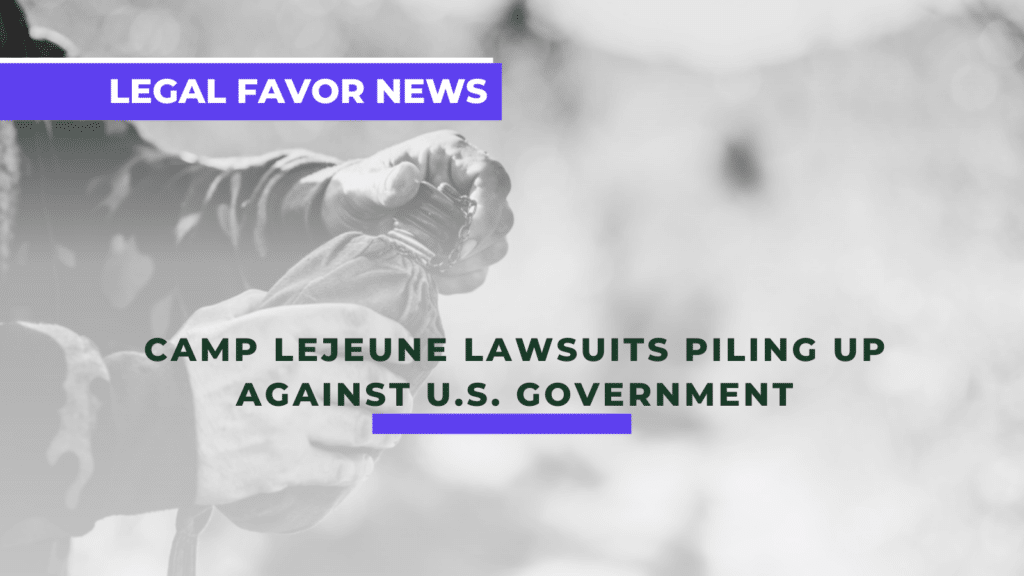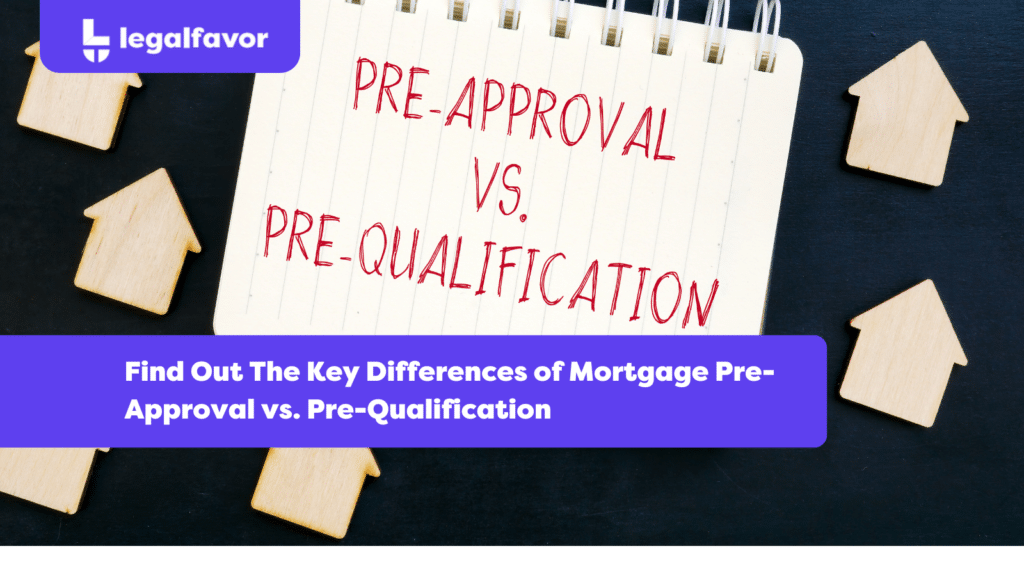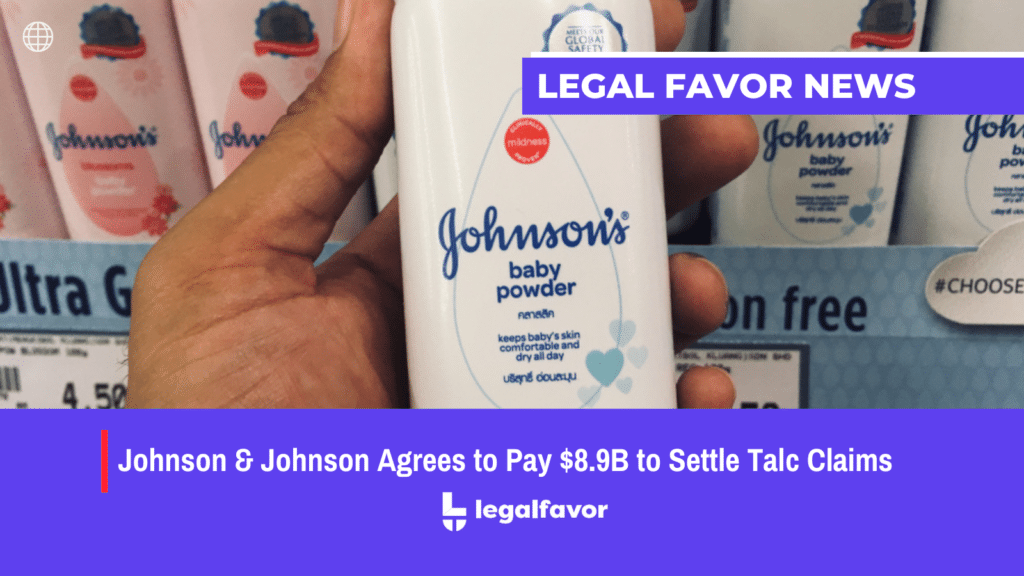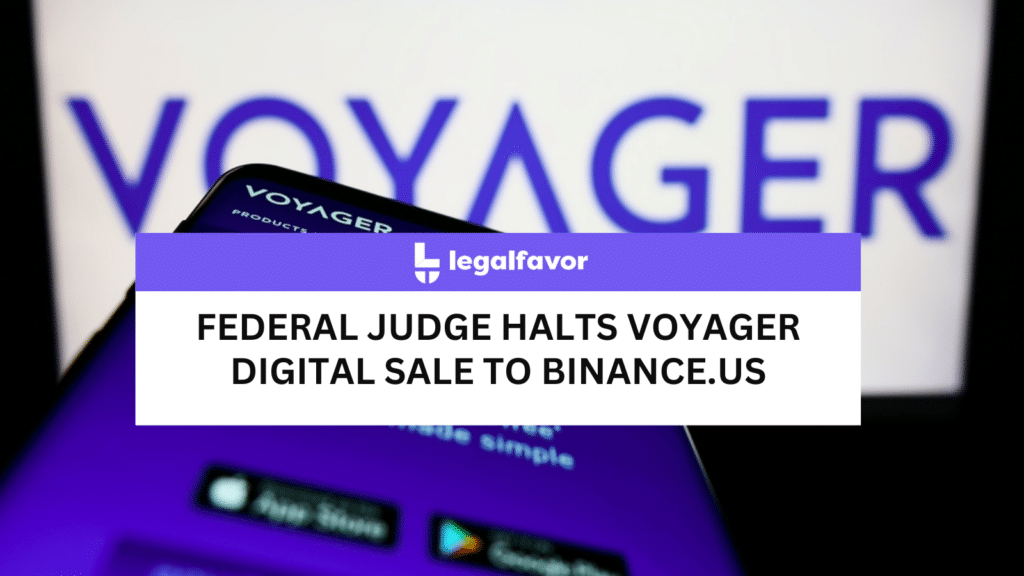Filing a patent in the United States can be a long, complicated, and expensive process. Therefore, before deciding to hire a lawyer, you should understand the basics of the process and the different types of requirements that are needed. In order to be patentable, the invention must fulfil certain legislative requirements. Specifically, the invention must be (1) statutory, (2) novel, (3) useful, and (4) non-obvious. Each of these concepts will be looked at in more detail below.
Statutory
For the invention to be statutory, it must involve subject matter that can be patented. Some categories of subject matter that can be patented include, but are not limited to, processes, machines, manufactured articles, and compositions of matter. However, it is important to note that, according to the Patent Act, some inventions are not patentable. Most of these restrictions are common sense, and they include but are not limited to; data structures, electromagnetic signals, laws of nature, etc.
Novelty
In regards to novelty, your patent must be new and not the subject of public disclosure. Essentially, an invention is NOT novel if; (1) it was known to the public before you invented it, (2) it was described in a publication more than one year before you filed, or (3) it was used/sold publicly more than one year before you filed. This, in turn, means that failure to file within this one-year period can act as a statutory bar to obtaining a patent. Overall, determining when public disclosure has been made is a complicated exercise.
Utility
The legislation states that the subject matter of the patent must be useful. This generally means three things; practical utility, operability, and beneficial utility. The patent creator, also known as the inventor, must conduct a patent search and must also study the prior art to determine whether their invention is non-obvious. It is important to note that patent law in the United States provides a relatively broad definition of usefulness. This requirement has often been interpreted to mean that an invention must have a real use. In other words, it cannot have a speculative use or possible future use. Although this seems a little restrictive, note that the U.S. Patent and Trademark Office (USPTO) has mentioned that the product does not need to be perfect. Even if the product doesn’t achieve its goal, as long as it achieves ‘a’ goal, the requirement will most likely be met.
Non-Obviousness
Due to the fact that this requirement is often the most challenging, it will be looked at in more detail. Specifically, this requirement is given via 35 U.S.C. Section 103, which instructs the USPTO to determine whether an invention would be obvious to the typical person. However, it is important to note that this requirement sets a higher standard than the requirements for copyrights and trademarks.
When doing the analysis. The USPTO will compare the invention to other inventions that have previously received patent protection in order to ensure there is a sufficient difference. Note that even if an invention is new, this might not be enough, and the USPTO may do further investigations. If the Office suspects that this non-obvious requirement is not fulfilled, you may need to provide more details.
Prior Art Denials
The term prior art has a specific legal meaning, and it essentially means an invention that already exists. One of the most common reasons for denying a patent is if the proposed invention conflicts with the prior art in the field. Specifically, the invention cannot have been previously patented by someone else, put into public use, described in a publication, or put on sale, etc., before the applicant files for patent protection.
Due to the fact that this is such a dubious requirement, the inventor will want to make sure that they meet this requirement before filing the patent application. This essentially involves the inventor searching for inventions in their field that could be classified as prior art by the USPTO. This proactive searching is beneficial for another important reason. Suppose the inventor finds an existing invention that they believe the USPTO will classify as prior art. In that case, the inventor can then make the requisite modifications in order to pre-emptively stop any delay in the application process, or even stop a complete dial of the patent application. It is also important to note that if the inventor, after doing the appropriate research, is still not sure about the prior art status of their invention, they can contact a lawyer who can help navigate them through the process.
Final Remarks
Overall, the United States offers a robust and secure method of protecting intellectual property across the country. The reason this is possible is because of its comprehensive legal structure and complicated legal process behind patents, trademarks, and copyrights. This article focused on the process, procedures, and concerns involving patents. As stated above, in order to be patentable, the invention must be; (1) statutory, (2) novel, (3) useful, and (4) non-obvious. Each of these categories was looked at in greater detail throughout this article. The statutory requirement involves the need for there to be some kind of subject matter that is being patented.
The novel part requires the patent to be new, and not subject to public disclosure. The utility requirement generally means the patent has three things; practical utility, operability, and beneficial utility. Finally, the non-obvious requirement involves instructing the US Patent Office to make a determination as to whether an invention would be obvious to the typical person. It is important to remember that, although this article provides crucial information regarding patents and intellectual property in general, it does not substitute for the legal opinion of a licensed attorney. In conclusion, the topics elaborated on above will provide a basic framework about how patents work in the US and will also give guidance on certain things to avoid.





